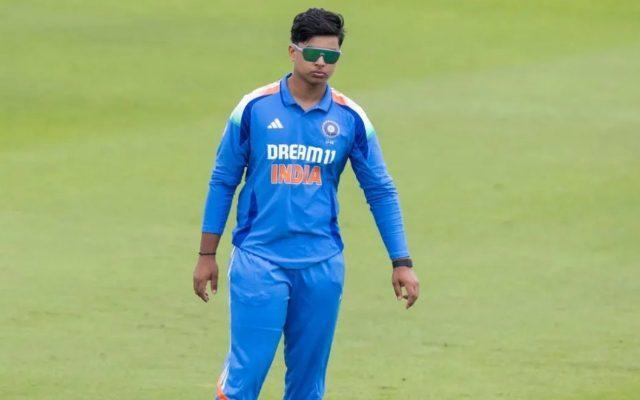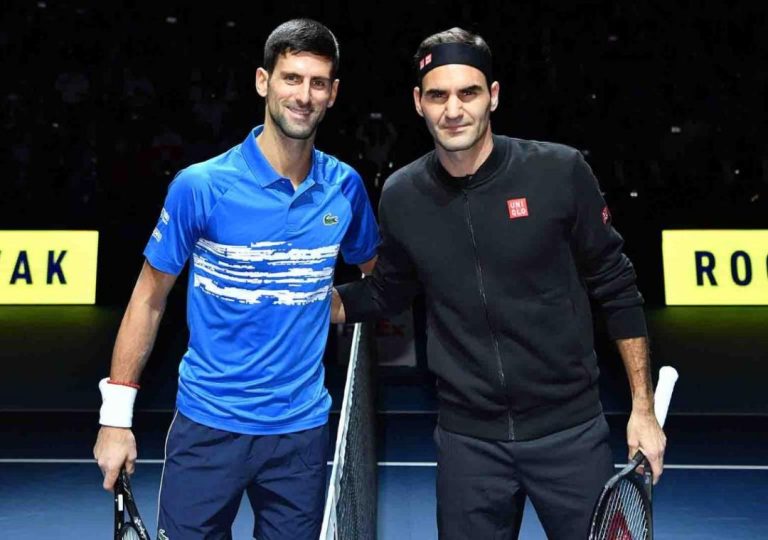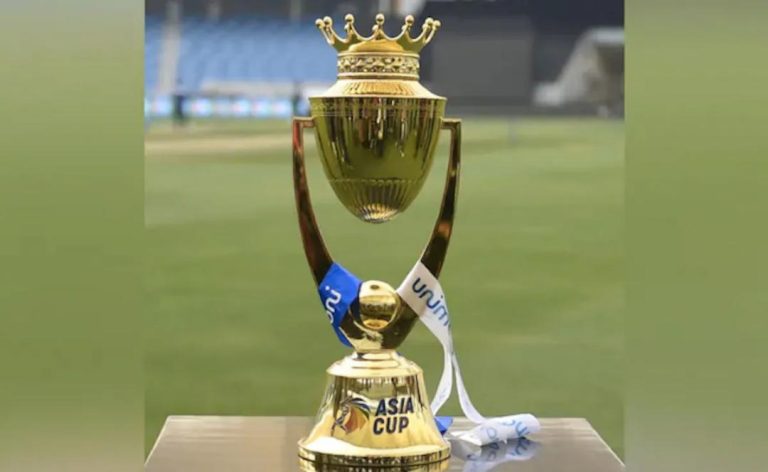
Ravindra Jadeja Compares Captaincy in T20 & Test Format: The Challenges and Strategies
As a cricketer, leading a team is a daunting task that requires a unique combination of skills, experience, and tactical acumen. In recent years, India has produced some exceptional captains, each with their own leadership style and approach. One such captain is Ravindra Jadeja, who has led the Indian team in both T20 and Test formats. In a recent conversation with his teammate R Ashwin, Jadeja shared his insights on the challenges and strategies involved in captaincy in these two formats.
In Test cricket, Jadeja emphasized the importance of adapting to the situation and making tactical changes to outsmart the opposition. “In Test cricket, you have to change two-three fielders as per the need of the bowler,” he said. “Captaincy in Test cricket is different. It’s simple, but calculative. It’s not complicated like IPL or T20Is.” Jadeja’s words highlight the need for a captain to be flexible and able to adjust their strategy to suit the conditions and the opposition’s strengths.
On the other hand, T20 cricket is a far more frenetic and unpredictable format, where every ball is an event. Jadeja acknowledged the unique challenges that come with leading a team in T20Is. “In T20s, every ball is an event,” he said. “It’s not like Test cricket where you can take your time, think about the field, and plan your strategy. In T20s, you have to react quickly and make decisions on the fly.”
One of the biggest challenges in T20 captaincy is the need to balance aggression with caution. A captain needs to be able to identify the right moments to take risks and when to play it safe. Jadeja noted that this requires a deep understanding of the team’s strengths and weaknesses, as well as the opposition’s. “In T20s, you have to be very aware of your team’s strengths and weaknesses,” he said. “You have to know when to take risks and when to play it safe. It’s a very fine line to walk.”
Another key aspect of T20 captaincy is the need to manage the team’s resources effectively. With a limited number of overs to play with, a captain needs to be able to get the most out of their bowlers and batsmen. Jadeja emphasized the importance of setting the right fields and using the right bowlers at the right time. “In T20s, you have to be very strategic with your bowling,” he said. “You can’t just keep bowling the same bowler over and over again. You have to mix it up and keep the opposition guessing.”
In contrast, Test cricket allows for a more measured approach, where a captain can take their time to think about their strategy and make adjustments as needed. Jadeja noted that this requires a deep understanding of the game and the ability to read the opposition’s tactics. “In Test cricket, you have to be able to read the opposition’s game plan and adjust your strategy accordingly,” he said. “You have to be able to outsmart them and make them feel like they’re not sure what’s coming next.”
Overall, Jadeja’s insights highlight the unique challenges and strategies involved in captaincy in T20 and Test formats. While T20 captaincy requires a captain to be able to think on their feet and make quick decisions, Test captaincy demands a more calculated and strategic approach. As a captain, Jadeja has demonstrated an ability to adapt to different formats and situations, and his words offer valuable insights for aspiring captains and fans of the game alike.
Source:






